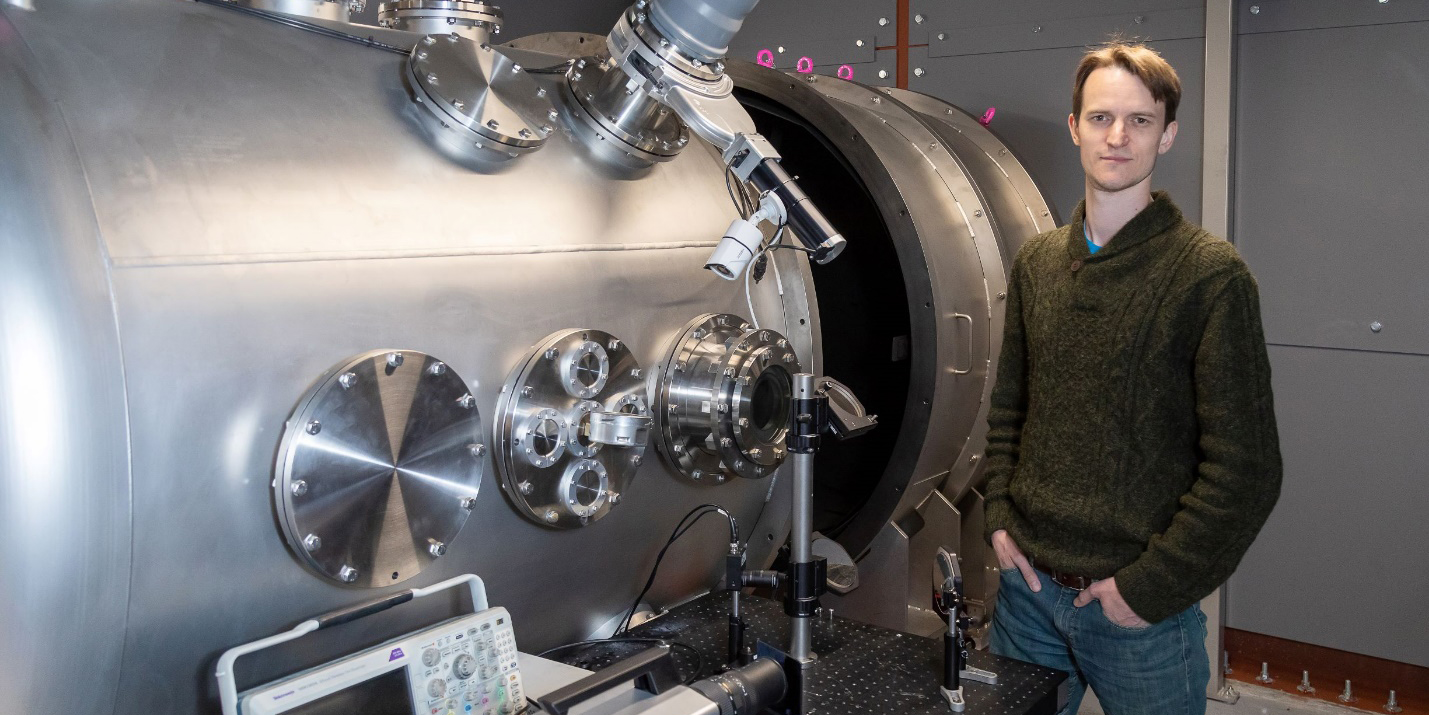Pebble bed reactors, friction, and cooling
When one of the largest modern earthquakes struck Japan on March 11, 2011, the nuclear reactors at the Fukushima Daiichi nuclear power plant automatically shut down as designed. The emergency systems, which would have helped maintain the necessary cooling of the core, were destroyed by the subsequent tsunami. Because the reactor could no longer cool itself, the core overheated, resulting in a severe nuclear meltdown.
Since then, reactors have improved exponentially in terms of safety, sustainability and efficiency. Unlike the light-water reactors at Fukushima, which had liquid coolant and uranium fuel, advanced reactors have a variety of coolant options, including molten-salt mixtures, supercritical water, and gases such as helium.



















